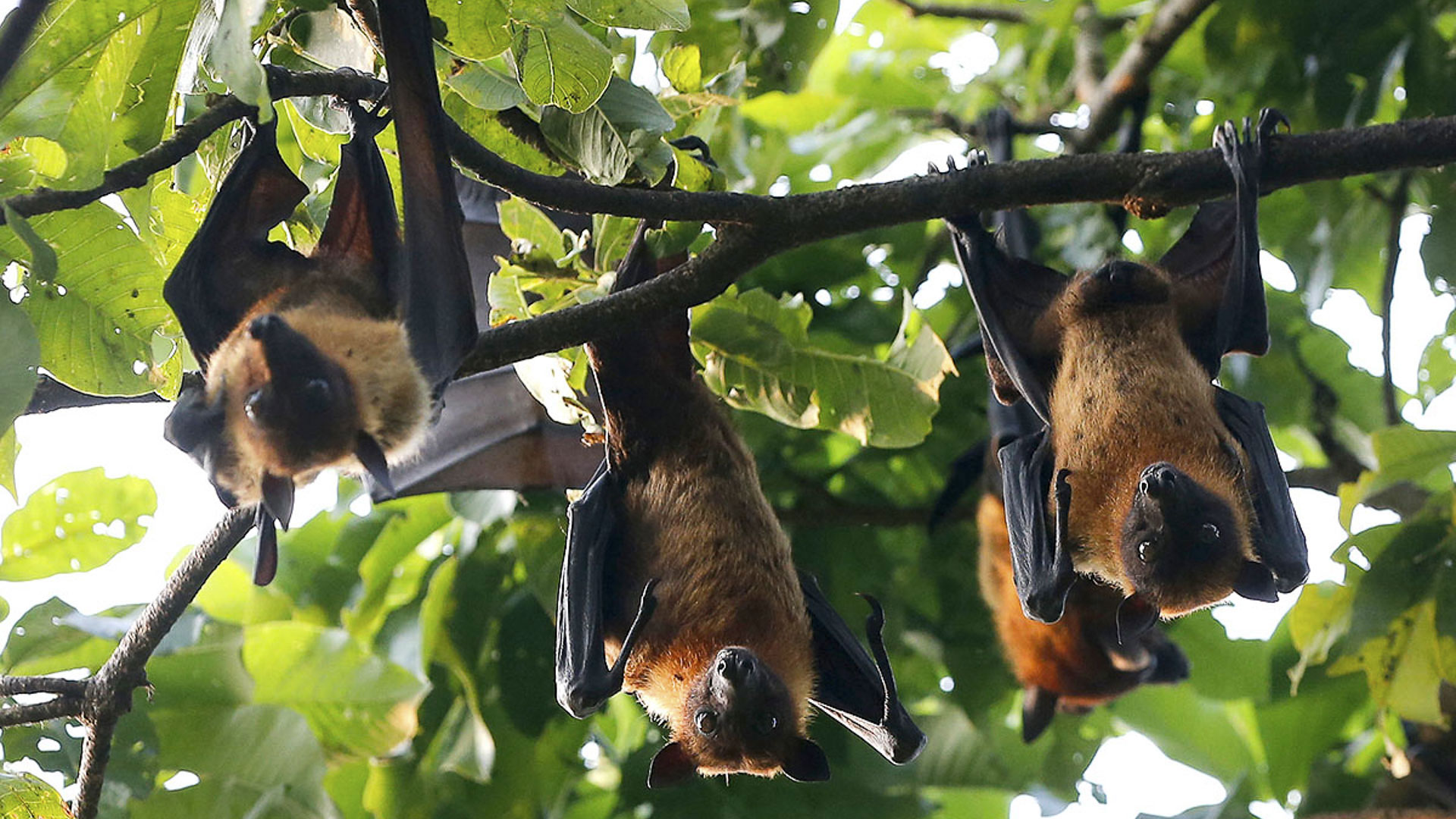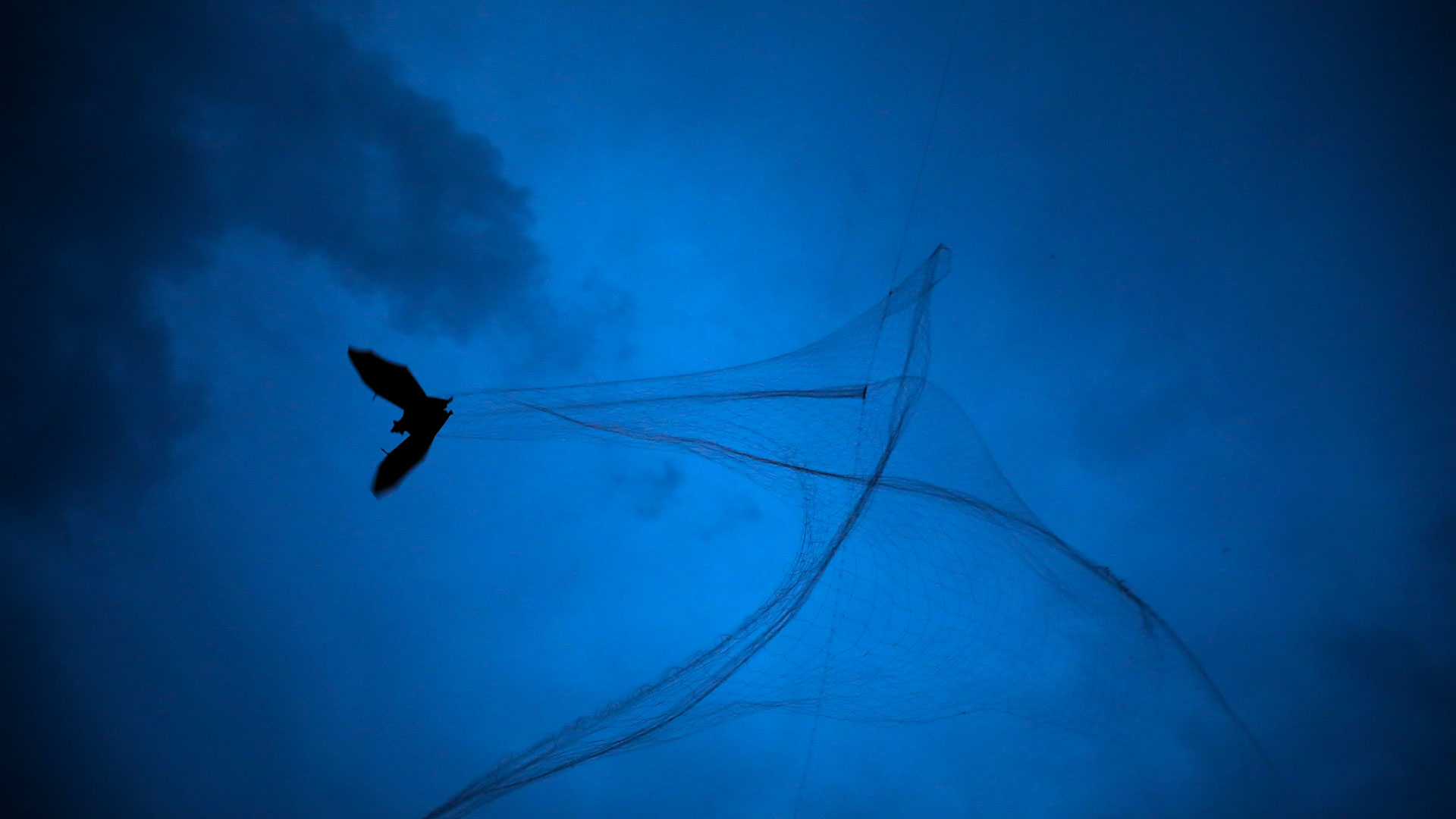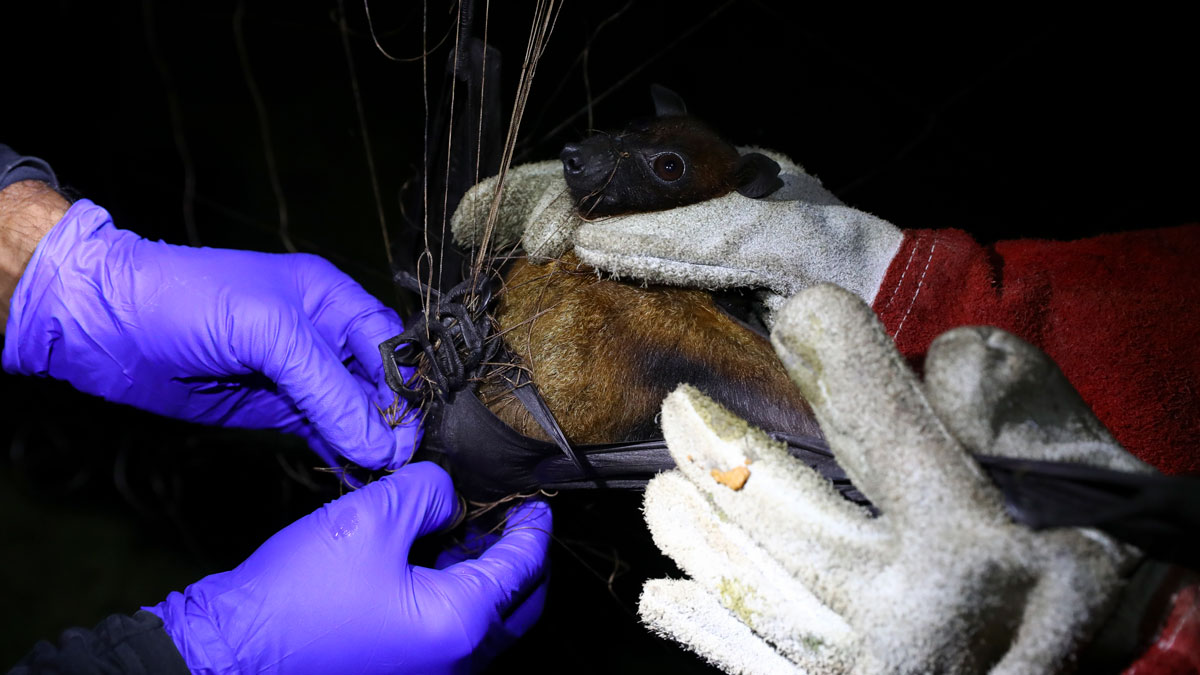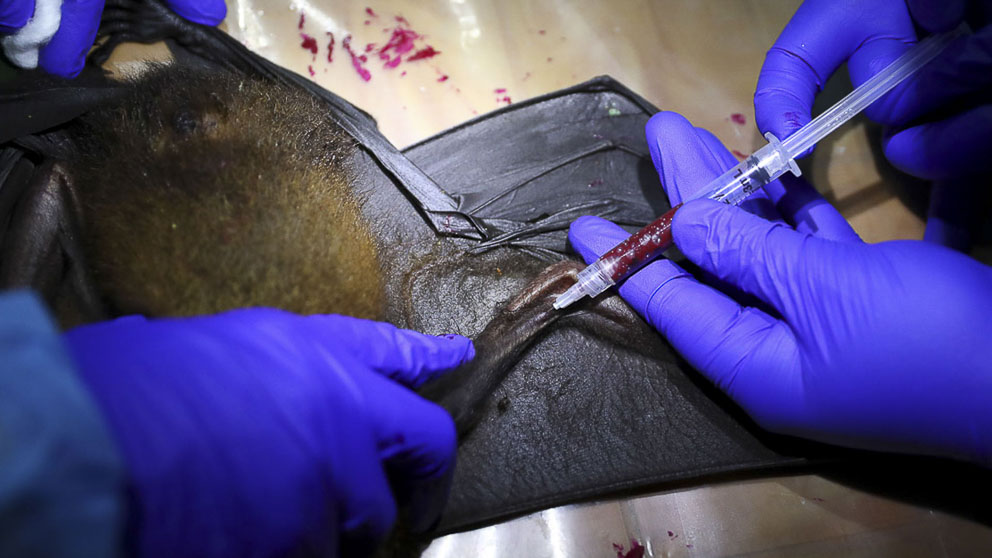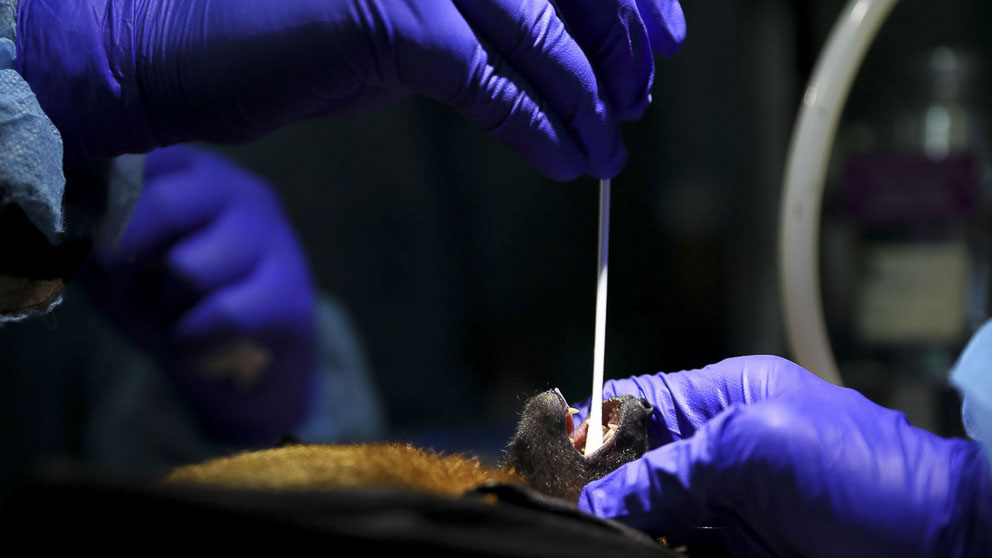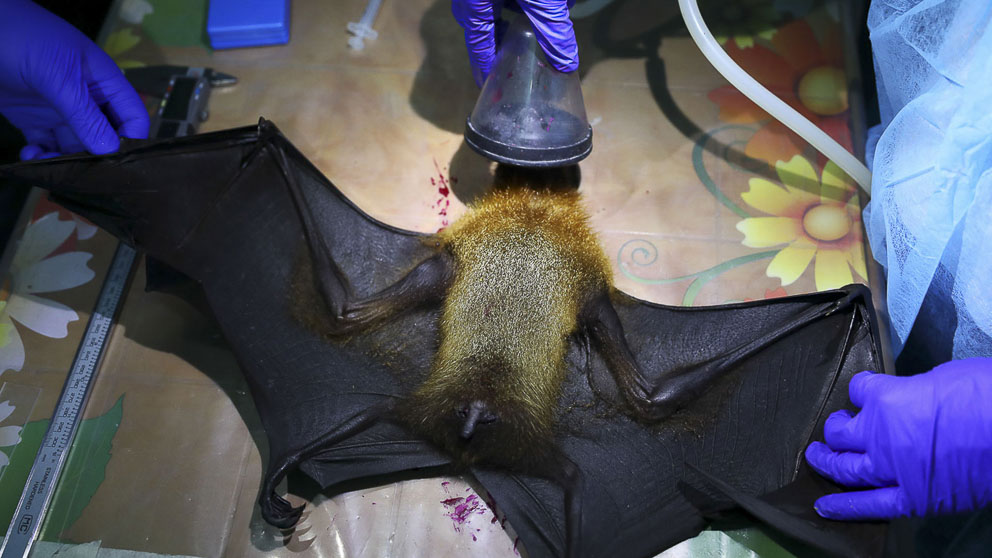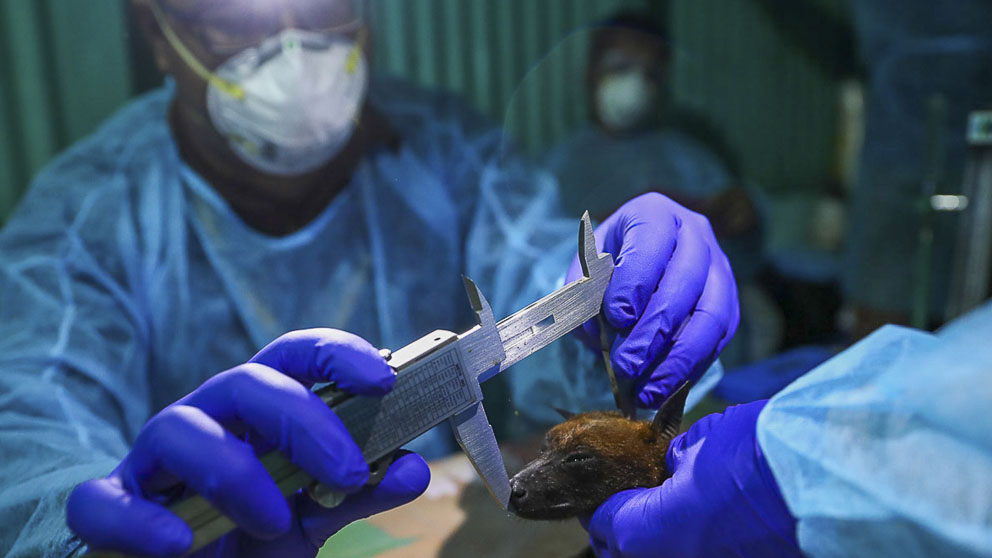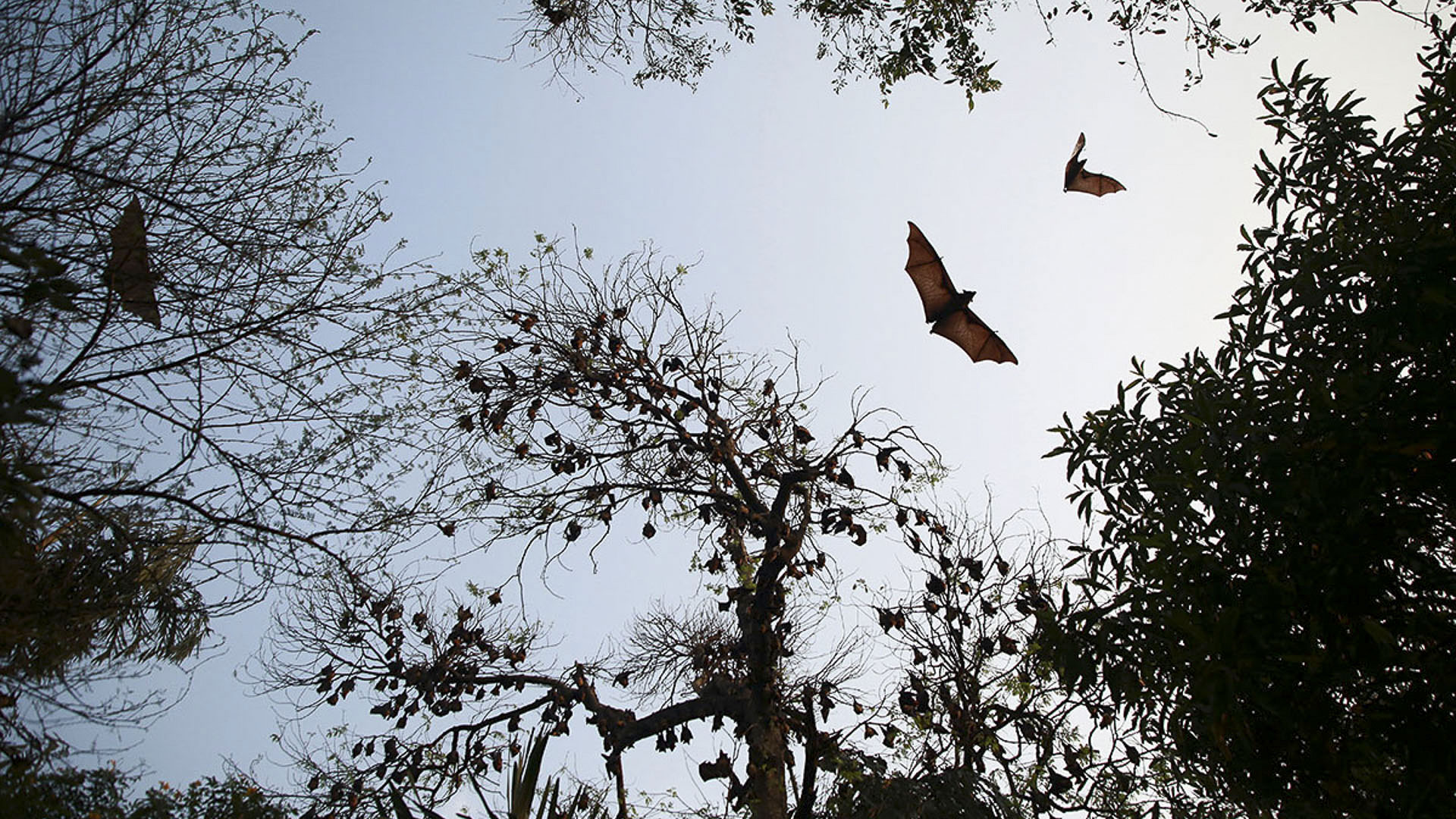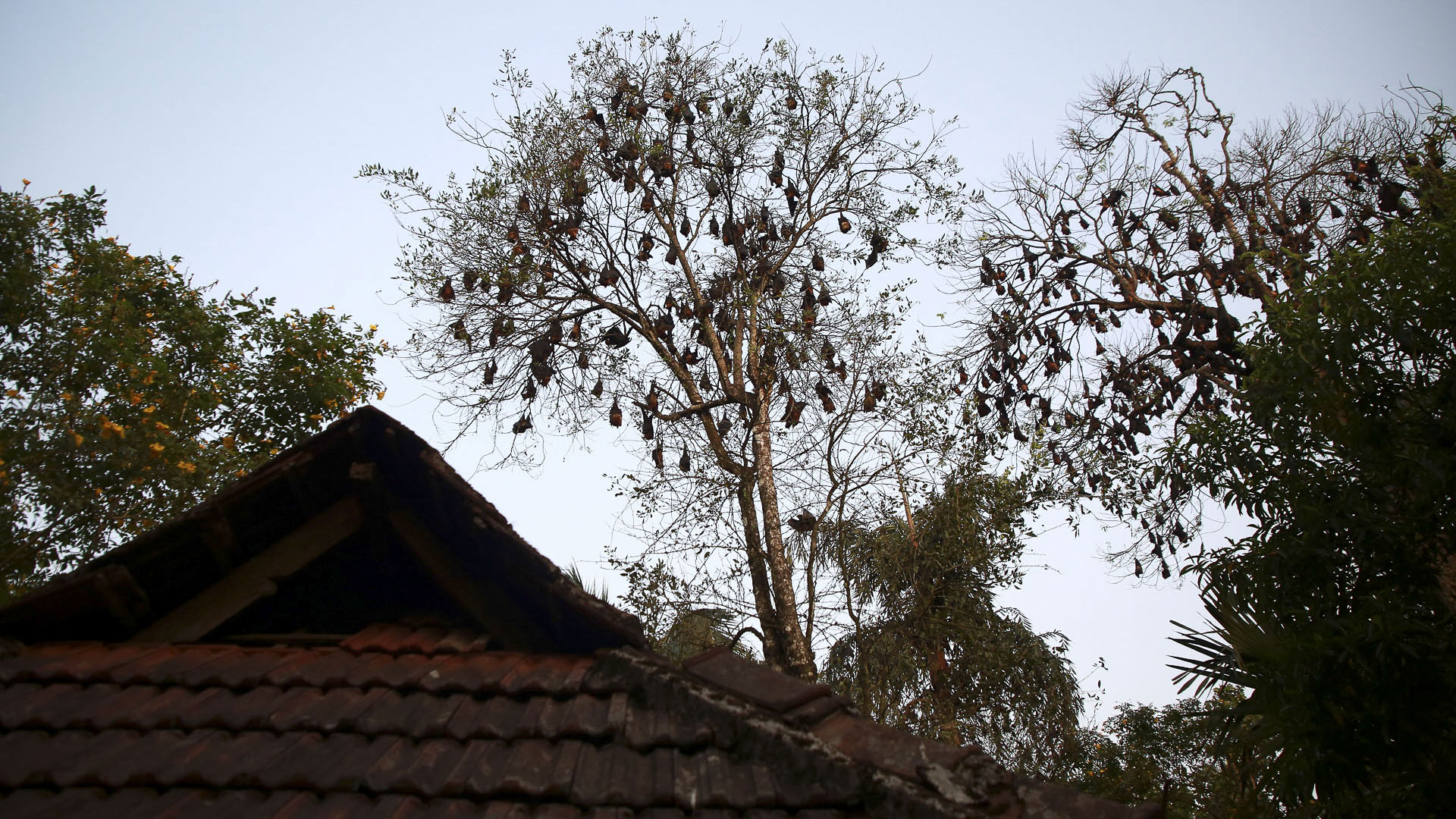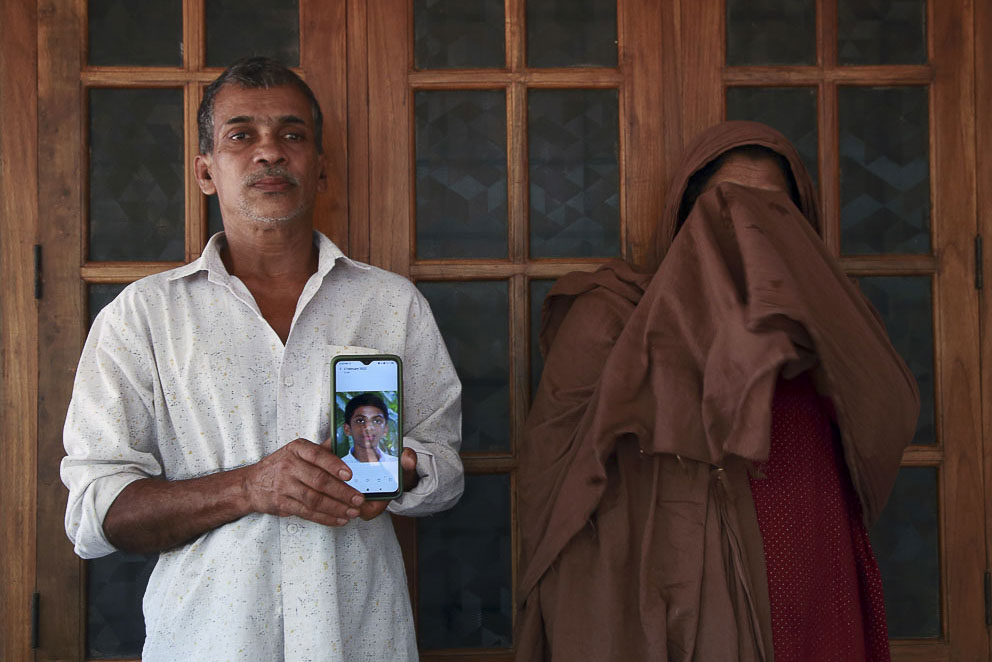NONFICTION
Scientists Knew More About Covid-19 Than We Think. And They Still Do.
In “Breathless,” David Quammen explores the predictable lead-up to the global Covid pandemic, and the frantic, belated attempts to stop it.

New Jersey first responder Robert Sabia being decontaminated after answering a call in March, 2020.
Credit...Chang W. Lee/The New York Times
By Michael Sims
Oct. 1, 2022
BREATHLESS: The Scientific Race to Defeat a Deadly Virus, by David Quammen
“Nobody,” Donald Trump claimed in a March 2020 address, “had any idea.” He was talking about the Covid virus — which had, seemingly overnight, sparked a global pandemic. In his compelling and terrifying new book, “Breathless: The Scientific Race to Defeat a Deadly Virus,” the veteran science journalist David Quammen demonstrates just how much was known — and expected — by infectious disease scientists long before patrons of the Huanan Seafood Wholesale Market fell ill in December 2019 with a pneumonia-like virus.
“Soothsayer” isn’t on Quammen’s extensive résumé, but he was among those who had long predicted this kind of catastrophe. In 2012 he provided a field guide to the future, “Spillover,” whose subtitle — “Animal Infections and the Next Human Pandemic” — explains exactly what the scientific community had long been expecting.
“This is a book about the science of SARS-CoV-2,” he specifies in his new book. “The medical crisis of Covid-19, the heroism of health care workers and other people performing essential services, the unjustly distributed human suffering, and the egregious political malfeasance that made it all worse — those are topics for other books.” Instead, he focuses his informed attention on the unsung heroes who dare to wrestle with viruses, those strange entities he calls “the dark angels of evolution.” Human beings are part of a sprawling family of interconnected species who can share illness because they all grew up together. It is our common ancestry and related bodily ecology that makes spillover possible between, say, bats and Earth’s (currently) dominant mammal.
Covid is, after all, as natural as a wolf cub or David Attenborough, and its thriller-level rate of evolution is part of its danger. “A virus is a parasite, yes,” writes Quammen, “a genetic parasite, to be more precise, using the resources of other organisms to replicate its own genome.” He demonstrates the sheer weirdness of viruses when he explains how difficult it is to even define them.
Quammen follows the story of Covid from scientists’ first awareness of the outbreak in Wuhan through reports of Omicron in late 2021. Alongside the human story, spillover between humans and other animals is a persistent theme. Early in 2020, a dog in Hong Kong tested positive. There were positive cats in Minnesota, two positive hippos in Antwerp, a positive tiger in Knoxville. An outbreak spread through mink farms in the Netherlands. Last year, of the many white-tailed deer sampled in Pennsylvania, 44 percent tested positive. The persistent danger of spillover between species informs arguments over the virtues and the flaws of both approaches to pandemics: “prediction and prevention versus surveillance and response.”
“Breathless” is so good that I was slow to realize that it lacks the vivid you-are-there details of “Spillover.” That’s because he wasn’t there. In “Breathless,” there are no scenes of an intrepid author helping trap macaques at a Sufi shrine or examining a white-footed mouse for Lyme-infested larval ticks. Among its other virtues, “Spillover” was something of a nightmare travel book, but “Breathless” is a different species of tour de force. Quammen’s research methods have mutated. “I avoided airports for more than two years after Covid-19 exploded,” he says up front, “and I got through the year 2020 on one tank of gas.” Yet these barriers didn’t prevent him from writing a luminous, passionate account of the defining crisis of our time — and the unprecedented international response to it. While many people were begging for mercy from the motley of gods that they also credit with designing this Eden for viruses, epidemiologists and vaccine scientists all over the world raced to save the lives of people they would never meet.
Citing Faulkner’s multiple narrators, Quammen says, “The discernment of truth — let’s make that ‘truth,’ because it’s such an imperious and suspect word — comes from listening to many voices.” He read a library’s worth of books and Zoomed with some 95 sources — epidemiologists, geneticists and public health officials who were closely involved in research and decision-making. He smoothly weaves not only their facts, but their way of speaking, into his story. “Spoken words are data, in nonfiction,” he says, “and I share scientists’ respect for the sanctity of data.” He provides a mini-biography of each interviewee. Backstage outtakes humanize the participants, as when Quammen asks Anthony Fauci whether Brad Pitt or Kate McKinnon did a better job of satirizing him. These glimpses undergird his assertion that science is “a rational process leading toward ever-clearer understanding of the material world, but it’s also an activity performed by humans.”
Quammen marries an old-fashioned love of colorful language to his passion for detail — an odd coupling that results not just in a lucid book about an important topic, but also in a book that’s a pleasure to read. “What nature of bug seethed in this dollop of liquid human distress?” he asks of a private genome-sequencing company in Guangzhou. Sometimes his Chandleresque metaphors distract. (When the rate of infection among the deer spikes, it’s “like popcorn in a hot pan.”) Usually, however, his imagery vividly reinforces a point. He explains that a laboratory sample from bat feces “is not a virus, just as the text of ‘Hamlet, Prince of Denmark’ is not a performed play” — that the sample is, instead, “the script of a virus.”
Quammen can’t resist snarking that Trump, “as you may have heard, is not a scientific sophisticate,” but he doesn’t waste much time shooting at such an easy target. He describes Elon Musk as an “entrepreneur and spaceman,” and Alex Azar, the secretary of health and human services, as “pliable.” The “Intelligence Community” is “a bodacious aggregation of intelligences” that includes Space Delta 7 — “within the United States Space Force, whatever that is.” Didier Raoult, the French physician who promoted hydroxychloroquine, Quammen terms a “prideful contrarian.” Hydroxychloroquine did indeed have a history of prescription for malaria, and, he deduces, presumably, “Trump listened to people who listened to people who listened to Didier Raoult.”
While staying on mission, Quammen allows himself room for context. The importance of the February 2020 announcement that scientists had found in pangolins a close match to the virus infecting humans makes more sense — both scientific and narrative — because Quammen begins with a brief survey course on these armored-looking, anteater-like creatures. He smoothly interweaves their evolution, the ecological sin of animal trafficking, the imaginary pharmacological virtues of pangolin scales (which are actually mostly keratin) and the contemporary “vogue in urban China for ye wei, or ‘wild tastes.’”
“This virus is going to be with us forever,” Quammen warns, with a wealth of data and precedent to support him. We haven’t eradicated polio or measles. “And those viruses have nowhere to hide except within humans.” This one could be cleared from every living human, and still exist in other animals. “Covid-19 won’t be our last pandemic of the 21st century. It probably won’t be our worst.” In our international world, as one scientist tells Quammen, “A disease anywhere is a disease everywhere.”
Michael Sims’s books include “Adam’s Navel” and a companion volume to the National Geographic Channel series “In the Womb: Animals.”
BREATHLESS: The Scientific Race to Defeat a Deadly Virus | By David Quammen | 406 pp. | Simon & Schuster | $28.99



